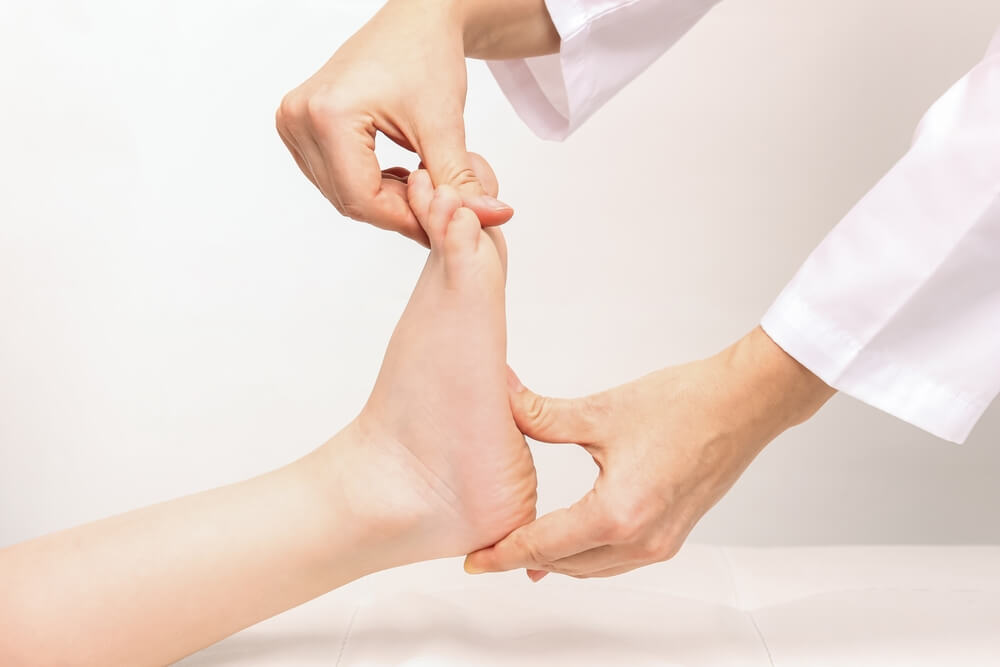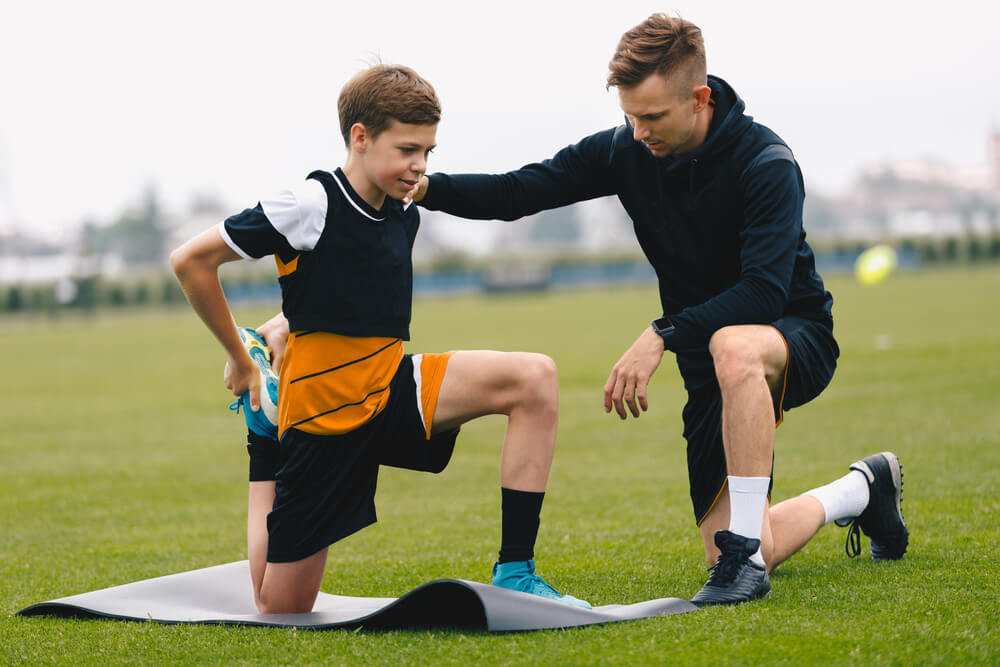A turf toe is a sports injury involving the sprained big toe and/or ligaments around the athlete’s big toe. Many youngsters who actively play soccer and football tend to suffer from this big toe injury at some point. It’s especially common among athletes who frequently use artificial turf for their game, hence the name turf toe. Most sprained big toe injuries tend to be mild and don’t warrant intricate treatment. On the other hand, surgical turf toe treatment may be necessary when the big toe injury is more severe. For all kids’ sports injuries, you can count on a sports medicine doctor in Plantation and Doral, FL. To provide adequate care to our young patients and get some peace of mind to their parents, we at Worldwide Pediatrics offer a varied range of professional medical services.
What Is Turf Toe?
The metatarsophalangeal joints are repeatedly stressed as athletes start their runs and jumps with a powerful push off the big toe. Young athletes who may be susceptible include those who engage in dancing, gymnastics, football, or basketball. When participating in these activities, the big toe is repeatedly flexed on hard surfaces, which can cause ligaments to stretch or tear. This leads to the sprained or jammed big toe injury that we call turf toe.

Common Turf Toe Symptoms
If the big toe injury is aggravated by repeated stress, even minor turf toe symptoms may become severe. These include:
- A popping sensation at the moment of injury
- Swelling and pain of the jammed big toe
- Limited and stiff movement of the sprained big toe
The mentioned turf toe symptoms may appear suddenly and be rather severe if the damage results from a rapid motion.
Typical Causes of Jammed Big Toe
When the big toe is flexed abnormally upward to the front of one’s foot, the result is a turf toe. Ligaments can strain or tear when the toe is forced to move beyond its normal range of motion. The most common causes of this injury are the following:
- Participating in sports activities that require constant directional changes
- Putting your weight on your big toe, especially if you’re doing it for long periods
- Putting too much pressure on one’s big toe or the space around it while walking
- Engaging in sports activities in inappropriate footwear
- Walking in high heals
When a person flexes their toe, they can lift off the joint at the base of their big toe, which functions like a hinge. The sesamoids are two little, spherical bones that are encased in a tendon and located behind this joint. When a person stands mainly on the ball of their foot, the sesamoids support their weight. When we walk or run, the bones function as a tendon pulley, providing a mechanical advantage.
When starting to walk or run, the big toe can become strained if it doesn’t push up off the ground. This causes it to flex backward beyond its usual range of motion, leading to pain and eventual injury. When the feet are flat, the injury might also occur if the big toe is bent back sharply.
Turf toe can happen instantly if you make a fast, powerful movement. However, in some circumstances, the problem develops due to repeated motion over time.
Most turf toe injuries are mild, but they should be checked up if the discomfort prevents the patient from walking or engaging in regular physical activity. Seek professional help if turf toe persists for more than a few days despite rest and self-care. If the damage is severe, the patient may need to undergo physical therapy or even surgery.
Turf Toe Treatment Options
The severity of turf toe injuries should be considered while deciding on a treatment plan. Damage to the metatarsophalangeal joint, sesamoids and surrounding ligaments, tendons, and tissues determines the severity of a turf toe injury, which doctors assess on a scale from 1 to 3. This particular part of one’s foot is referred to as the plantar complex.
- Grade 1 means that the plantar complex is now a little sore and swollen due to the stretching. Grade 1 turf toe treatment typically involves the RICE method (Rest, Ice, Compression, Elevation) and protecting the toe.
- In the case of grade 2, bruising and swelling are more widespread due to the plantar complex tearing partially. Because of the pain, the toe can’t be moved very much. Turf toe of the second grade may call for a walking boot designed to support the plantar complex and aid in the healing process. RICE method is also used.
- Regarding grade 3, there is significant bruising and swelling because the plantar complex has been completely torn. Moving the toe is very difficult and painful. No plantar complex movement is allowed for a considerable amount of time in the case of grade 3 injuries. A cast or a walking boot may be necessary.
Turf toe doesn’t commonly require surgical intervention. Still, surgery can help mend tissue damage and normalize metatarsophalangeal joint motion after a grade 3 injury.
Potential Prevention Measures
The recurrence of a turf toe is preventable, and young athletes can take precautions against it. For instance, better-supported footwear can reduce the amount of toe bending during propulsion. Shoe inserts can also be used to stop the big toe from bending backward.
To improve their gait and running form, athletes can seek the help of a physical therapist. This can encourage them to experiment with new methods of training that reduce the risk of turf toe.

The Recovery Process
When left undiagnosed and untreated, big toe injuries can hinder a person’s mobility and participation in sports. In most cases, the damage can be successfully treated with prompt medical attention. Athletes can get back to their pre-turf-toe health and fitness levels with time and effort. Surgical intervention may be required if the damage is particularly severe. An injury of this severity to the big toe might have lasting effects.
Mild turf toe injuries typically don’t require medical attention. Physical therapy and painkillers can help patients regain full mobility and strength in their toe.
If your child is engaged in some sports and you are worried about them getting turf toe, consulting with a doctor might be beneficial. They might be able to recommend some protective shoe inserts or give you some tips on how to keep your kid’s feet safe in the future. The safety of the child’s feet, especially the big toes, is a priority for active athletes. When buying sports footwear, skip the shoes that allow the kid’s foot to bend too far. Don’t hesitate to reach out to us at Worldwide Pediatrics even before you sign your child up for some sport. You can count on us for a thorough checkup and best activity suggestions based on the child’s health, fitness, and wishes.



